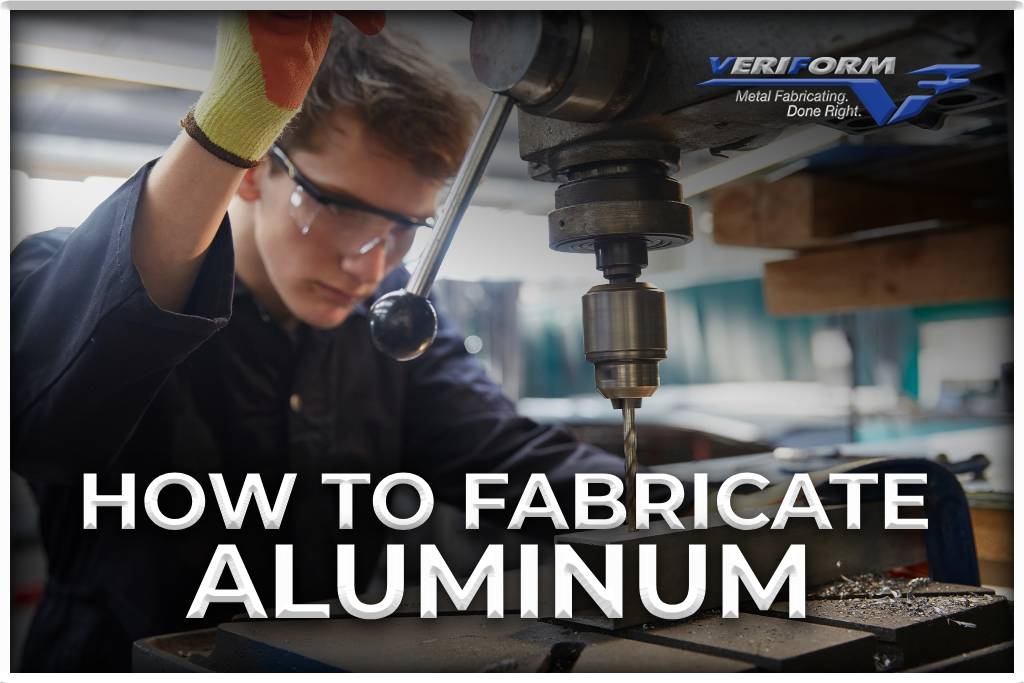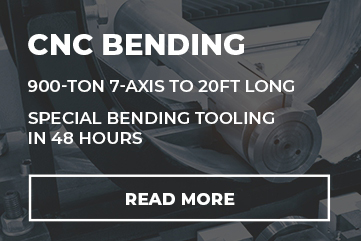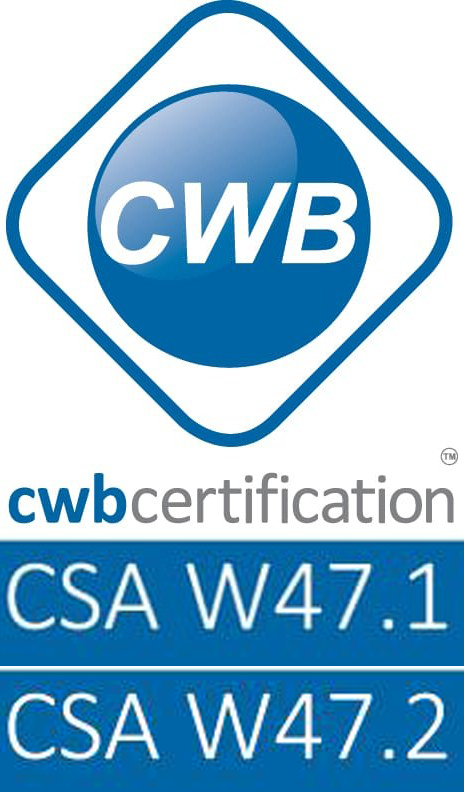News
How to Fabricate Aluminum - 4 Aluminum Fabrication Processes

Understanding how to fabricate aluminum is pivotal in the manufacturing world. This lightweight, malleable metal is a cornerstone in numerous industries. Let’s dive into the four key processes that make aluminum so versatile.
#1 Aluminum Extrusion
Aluminum extrusion is akin to playing with a play-dough press on a monumental scale. The process involves forcing heated aluminum through a die to create elongated shapes with a uniform cross-section. It’s not just about pushing metal through a mold; it’s about precision and versatility.
Typical Applications
From the frames of your solar panels to the sleek body of your laptop, aluminum extrusion plays a role. Its application in construction, especially in window frames and structural supports, showcases its blend of strength and lightness.
#2 Aluminum Casting
Aluminum casting is the art of transformation. Molten aluminum is poured into a mold and left to solidify, adopting the mold’s shape. This process allows for intricate designs and complex geometries that other methods can’t achieve.
Typical Applications
Car engines and airplane parts owe their existence to aluminum casting. This process is not just about making heavy-duty parts; it’s also used in creating intricate components for electronic devices and household appliances.
#3 Rolling Aluminum
Rolling aluminum is the process of flattening and stretching the metal into sheets or foils. It involves passing the aluminum between large rollers, applying immense pressure to achieve the desired thickness. It’s a balance of force and finesse.
Typical Applications
The aluminum foil in your kitchen, the body of your car, or even the roofing sheets on buildings – all are products of aluminum rolling. This process is fundamental in packaging, transportation, and construction industries.
#4 Forging Aluminum
Forging aluminum involves shaping the metal under high pressure, often while it’s hot. This process alters the metal’s grain structure, enhancing its strength and durability. It’s the combination of heat, pressure, and skill.
Typical Applications
High-strength components like gears, levers, and structural parts in automotive and aerospace industries are typically forged. It’s not just about brute force; it’s about engineering resilience into every component.
Conclusion
In conclusion, understanding how to fabricate aluminum opens up a world of possibilities. Each process – extrusion, casting, rolling, and forging – brings its own strengths to the table, making aluminum an incredibly versatile material. From everyday objects to sophisticated machinery, aluminum fabrication is at the heart of innovation and design.
FAQs
Is aluminum easy to fabricate?
Yes, aluminum is one of the easiest metals to fabricate due to its malleability and ductility. Its ability to be easily machined, welded, and formed makes it a popular choice in various industries.
How do you manufacture aluminum?
Aluminum is manufactured through processes like extrusion, casting, rolling, and forging. Each method involves different techniques of shaping and molding the aluminum to create a wide range of products.
What material is used for aluminum fabrication?
For aluminum fabrication, raw aluminum or aluminum alloys are used. These materials are chosen based on their properties like strength, flexibility, and corrosion resistance, depending on the application.
Can aluminum be fabricated?
Absolutely, aluminum can be fabricated through various methods. Its inherent qualities like being lightweight yet strong, and easy to work with, make it an ideal material for fabrication in countless applications.








